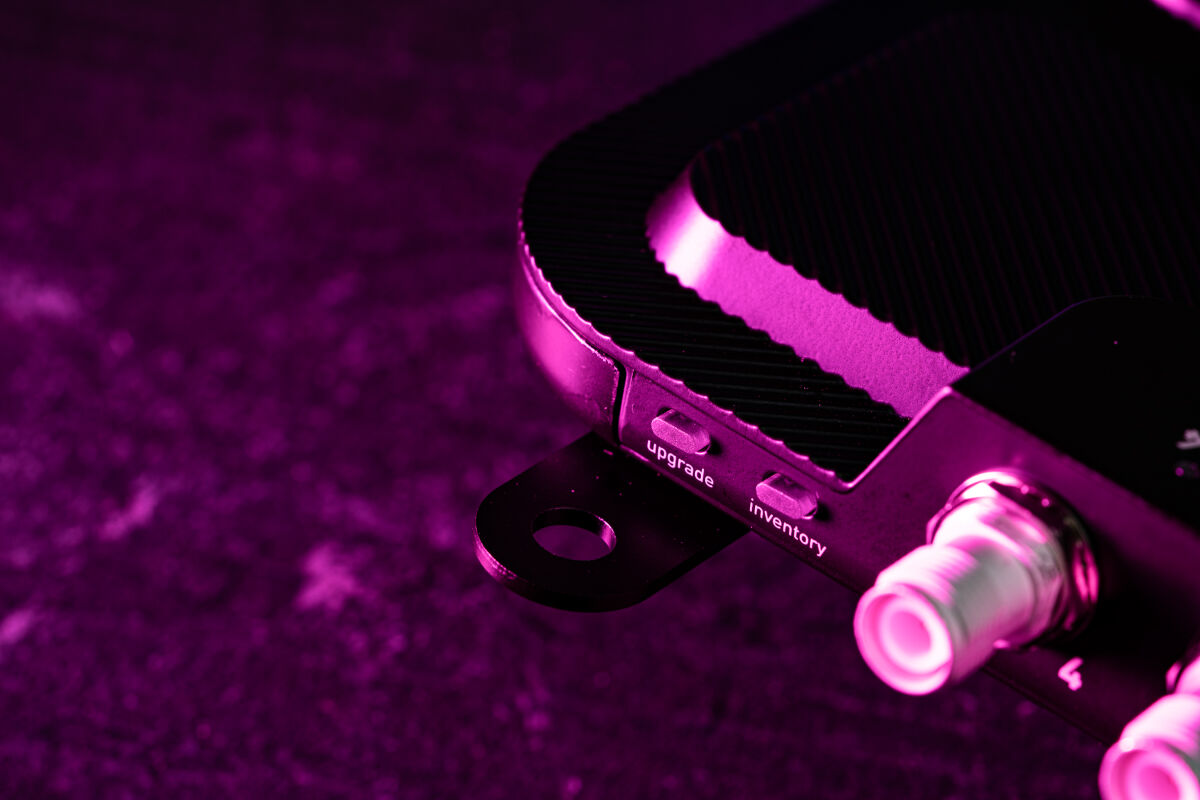Contact Renate, or one of our other experts, to learn more about UHF RFID hardeware and how it can benefit your business.
UHF RFID
UHF RFID stands for Ultra High Frequency RFID and is also known as RAIN RFID. UHF RFID, is a powerful technology that uses radio waves to identify and track objects or assets in real-time.
UHF RFID operates within the ultra-high frequency spectrum, typically between 300 MHz and 3 GHz, with most systems operating at the 860 to 960 MHz range, depending on the country's regulations.
The technology works by using UHF radio waves to communicate between an RFID reader and RFID tags, which contain electronically stored information. The reader sends out a radio wave signal to the tag, which then responds with its stored information, allowing the reader to identify, track, and manage the object to which the tag is attached.
UHF RFID systems employ three key components to track and identify items wirelessly:
- UHF RFID Tags/UHF RFID Labels: These miniature electronic devices contain a microchip and antenna, storing data about the attached item. Activated by an RFID reader, they transmit this information back. Passive tags, drawing power from the reader's signal, are the most common type. Active and battery-assisted passive tags also exist.
- UHF RFID Readers: These devices emit radio waves and receive tag responses. They decode the encoded data and relay it to a computer system for processing.
- UHF RFID Antennas: These facilitate radio wave exchange between tags and readers. They can be integrated within the reader or be external components, significantly impacting the system's range and efficiency.
Together, this trio forms the UHF RFID system: tags store and transmit data, readers activate and interpret tags, and antennas enable communication. This allows for efficient and reliable identification of various items across diverse applications.
UHF RFID has several key features that make it particularly useful across a wide range of industries:
- Long-Range Reading: Unlike other RFID frequencies, UHF RFID can read tags from a distance of up to several meters away, eliminating the need for line-of-sight and allowing for the scanning of multiple tags simultaneously.
- High-Speed Data Transfer: It supports quick data transmission, enabling the fast reading of tags.
- Large Memory Capacity: UHF RFID tags can store a significant amount of data, useful for detailed tracking and identification.
- Cost-Effectiveness: The tags are relatively inexpensive, making them suitable for tracking large volumes of items.
- Versatility: It can be used across various sectors, including retail, logistics, healthcare, and manufacturing, for applications such as inventory management, asset tracking, supply chain monitoring, and access control.
Do you need more information about UHF RFID and how it can help your business? Please contact us.
